Palmetto Bluff Real Estate Company Sales Office
Office Hours
Monday-Friday 9am - 5pm
Saturday 9am - 4pm
Sunday 12 - 4pm
Saturday 9am - 4pm
Sunday 12 - 4pm
Traditions are a staple of the holiday season.
For example, my mom and her mother covertly gift my great-great-aunt’s old shopping bag back and forth, which my grandmother also did with her mother. Some traditions are carried on for generations; others begin with the start of a new family; some are lost to time, and others evolve into something entirely new. The Audubon Christmas Bird Count is a 100-plus-year-old holiday tradition that evolved from another bird-related event that may be considered ill-favored by some today.
The original tradition took place prior to the 20th century and was known as the “Side Hunt.” Men would gather on Christmas Day and pick teams. These teams would then set out to see who could shoot the most birds in a day, with the victors earning bragging rights over the losing teams. As people became more environmentally conscious, they began to look at traditions like the Side Hunt with a discerning eye. However, telling someone they can no longer participate in a long-standing family tradition is not commonly met with a positive response. Around this time, Frank M. Chapman, an officer of the budding Audubon Society, proposed a would count birds rather than shoot them. The first count began in 1900 with 27 participants and concluded with 90 species observed. Over time, the Side Hunt was forgotten, and the Christmas Bird Count became the new tradition. And at over 100 years old, it shows no sign of halting.
Why is this census important? How does a bird-counting tradition help the environment? These are great questions, and the simple answer is that these annual surveys monitor ecosystem health. Birds are an integral part of many ecosystems, and the decline of bird populations can result in the degradation of those natural spaces. Every bird has an environmental role that it plays, and its loss can cause an imbalance in that habitat. The data collected from the Audubon Christmas Bird Count allows researchers, conservation biologists, land managers, and organizations such as the Palmetto Bluff Conservancy to study and manage the long-term health and status of bird populations.
For Palmetto Bluff, these counts have been a valuable source of information since 1992, and the Conservancy continues this tradition today. Because of the Christmas Bird Count, along with other surveys, we have been able to assess the status of bird populations on the Bluff over time as well as make comparisons with the rest of Bluffton and Hilton Head. This has shown us how important Palmetto Bluff is for bird diversity in our area. For example, we can note that while the abundance of ducks in Bluffton and Hilton Head has decreased, Palmetto Bluff’s Duck Pond has been a reliable place to find wintering waterfowl. We have also documented Black-Bellied Whistling-Ducks, a Midwest species that has been expanding into Beaufort County. This observation begs the question of whether we should manage for this new waterfowl species and how we would go about doing so.
Aside from ducks, there are a lot of species that use Palmetto Bluff as a winter retreat. Our winter months are a great time of year for birding in Beaufort County, especially when you are trying to improve your bird identification skills. You can practice identifying birds that are here year-round, such as northern cardinals, Carolina chickadees, and red-winged blackbirds, but you can also look out over the May River and possibly see a common loon diving for fish among hooded mergansers and double-crested cormorants.
There is another winter visitor that is seen in the thousands during the Christmas Bird Count. Yellow-rumped warblers, fondly called butter butts, can be seen all over Beaufort County. While there are differences in their plumage, you can always rely on the bright yellow spot on their rear end that looks like a dab of butter, hence the adorable nickname. They are a great bird on which to practice your bird identification skills. However, we often have plenty of unique and rare sightings during the winter. Sandhill cranes, red-breasted nuthatches, pine siskins, and more beautiful birds grace our area either as a winter retreat or simply to pass through during the journey to their overwintering grounds.
“Okay, you’ve convinced me. I want to participate in the bird count! However, my knee just doesn’t let me walk around like I used to. How could I help during the bird count?” Well, that can be answered with one simple question: Do you have a bird feeder in your backyard? If you answered “yes,” then you are ready to go! The Christmas Bird Count does not require that you trek multiple miles to be able to participate. In fact, roughly one-third of the Bird Count participants in Bluffton and Hilton Head simply watch feeders in their backyard. The people who count birds in their yards are just as important as those that are walking, driving, or boating to find birds.
Increased involvement in the Christmas Bird Count strengthens the tradition, and being a part of this wide-scale project benefits birds throughout our country. The 2018 count had over 76,000 participants who saw almost 60 million individual birds. Everyone who participates in the Christmas Bird Count gives us a better chance to identify and protect the birds that call the Lowcountry home. Will you join the flock this winter?
About John James Audubon
Known as America’s dominant wildlife artist, John James Audubon (1785–1851) was an ornithologist, naturalist, and painter. Known for his extensive studies documenting several species of American birds and for his detailed illustrations that depicted the birds in their natural habitats, his influential Birds of America is considered one of the finest ornithological works ever completed. A collection of 435 life-sized watercolors of North American birds, Birds of America is considered to be the epitome of wildlife illustration.
Born in Haiti in 1785 to a French sea captain, John James Audubon took an active interest in birds and wildlife at a very young age. Upon his arrival in America at the age of 18, he continued studying and drawing birds and later conducted the first known attempt at bird-banding in North America. Tying strings around the legs of eastern phoebes, he learned that the birds returned to the same nesting sites each year.
After a brief stint as a businessman, Audubon returned to his love of birds. Floating down the Mississippi River with nothing but a gun and his art supplies, he set off on an adventure in the wilderness to depict America’s birds. His journey ended in England, where his Birds of America portraits were printed—making him an overnight success.
A keen observer of birds and nature, Audubon was also an avid hunter with a deep appreciation and concern for conservation. His later writings raised awareness about the destruction of bird habitats, so it is fitting that his name and legacy carry on today. While he had no role in the creation of the National Audubon Society, there is a connection. The aptly named George Bird Grinnell, American anthropologist, historian, naturalist, and writer, was tutored by Lucy Audubon, John’s widow. Knowing Audubon’s reputation, he chose his name as the inspiration for the organization’s earliest work to protect birds and their habitats. In 1886, he founded the first Audubon Society in New York—a forerunner of the National Audubon Society.
Today, the name Audubon is synonymous with birds and bird conservation all over the world. The National Audubon Society protects birds and their habitats throughout the Americas using science, advocacy, education, and on-the-ground conservation. With 23 state programs, 41 Audubon nature centers, and nearly 500 local chapters and partners, the organization is dedicated to informing, inspiring, and uniting diverse communities in conservation action.
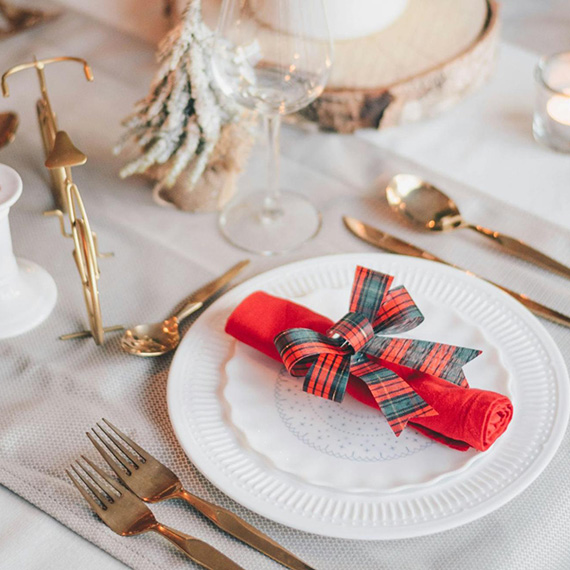
Warm, fragrant, and deeply comforting, Chef Beth’s Southern Sausage & Sage Stuffing is a holiday classic that brings together rich pork sausage, fresh herbs, and toasted bread for the ultimate savory side dish. Studded with green apples and aromatic vegeta...
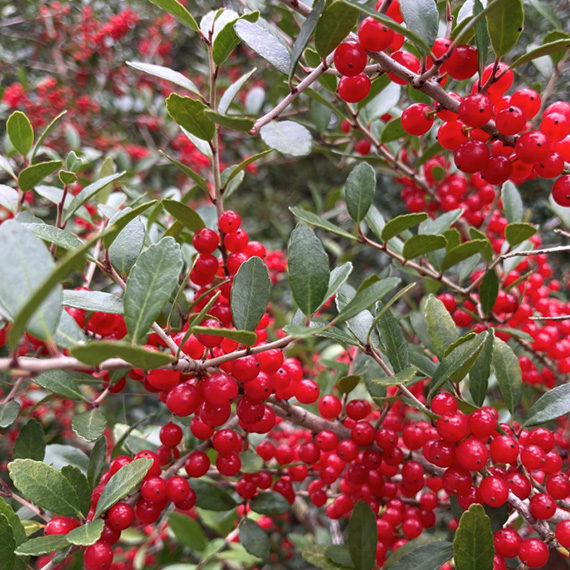
As December settles over Palmetto Bluff, it brings softer light, cooler mornings, and the natural beauty of native evergreens and winter berries that define the Lowcountry landscape. Palmetto Bluff Conservancy’s Education and Outreach Manager, Aaron Palmier...
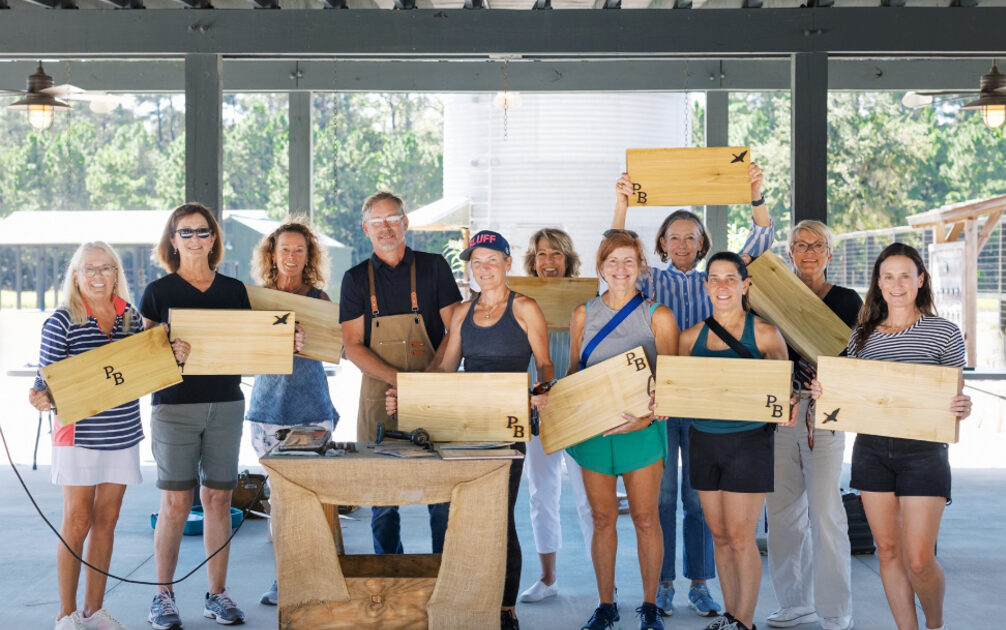
In 2025, Palmetto Bluff welcomed new neighbors and old friends, groundbreakings, and long-awaited openings. From inspired Club gatherings and elevated programming to the creation of our latest golf course, the year was defined by connection and excitement for ...
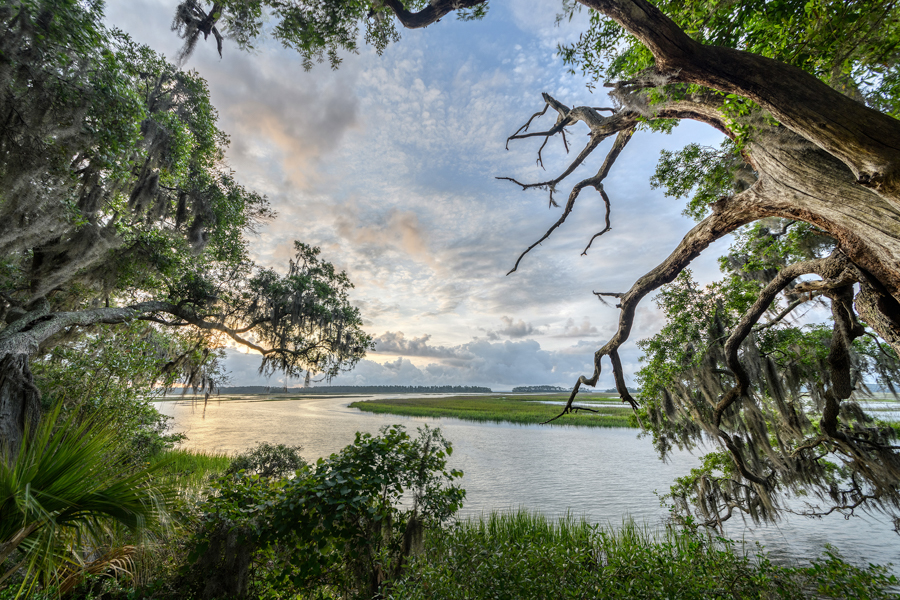
There is something serene about waking up to shimmering water, the stillness of the woods, or the sweep of marsh and sky right outside your window. Even without stepping outside, science shows that simply seeing nature from home can meaningfully improve mental...
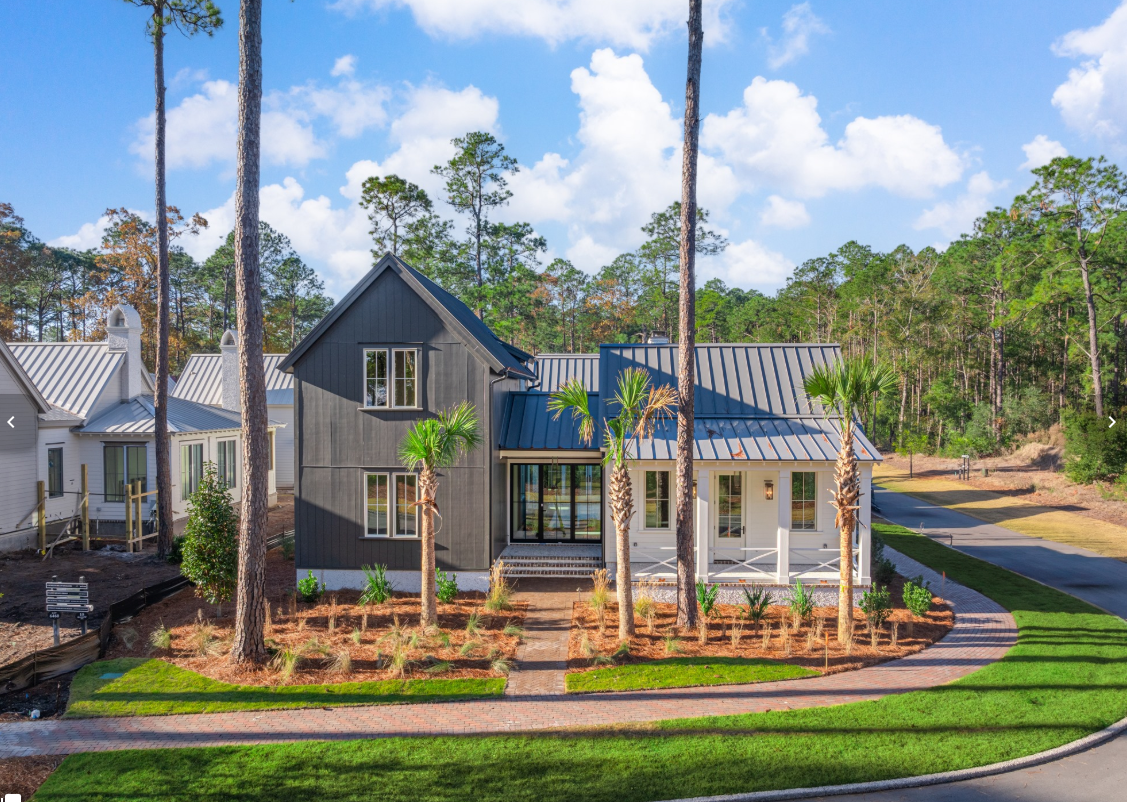
The Ultimate Choice: Building vs Buying a Home in Palmetto Bluff For those searching for Palmetto Bluff homes for sale, this common question often arises: Should you choose an existing residence, or embrace the opportunity to build your own? While a complet...
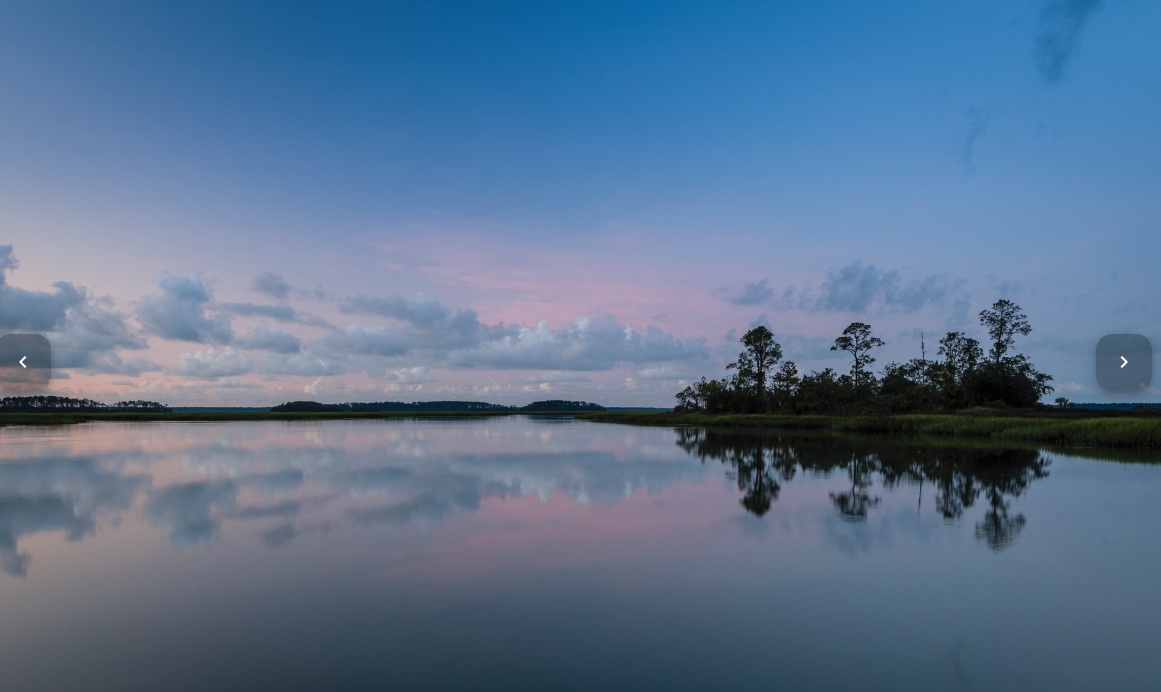
A Complete Guide to South Carolina Winter at Palmetto Bluff South Carolina's winter is unlike any other on the East Coast. While many travelers search for “South Carolina winter” expecting cooler temperatures and limited outdoor options, the Lowcountry revea...
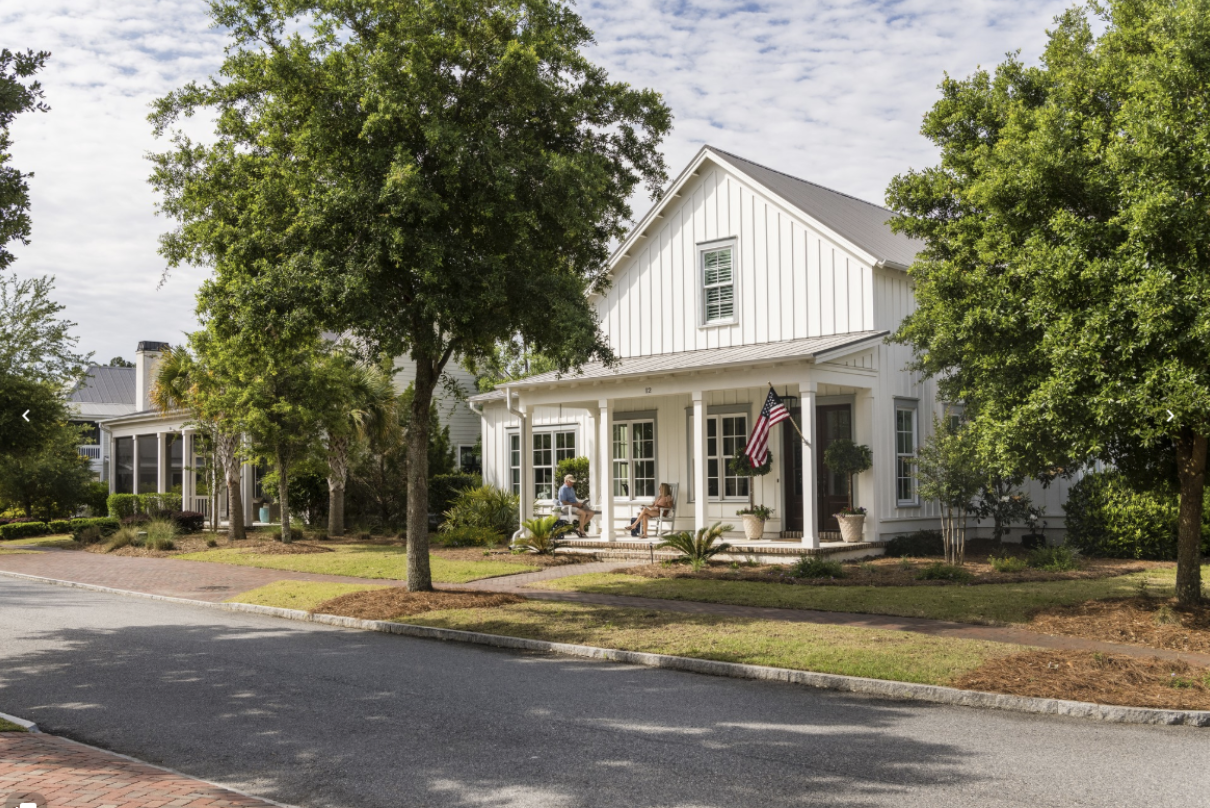
River Road: Where Lowcountry Beauty Meets Elevated Everyday Living Tucked gracefully between Wilson Village and Moreland Village, River Road is one of Palmetto Bluff’s most immersive communities. It's where the pace of life seems to soften, classic Southern ...
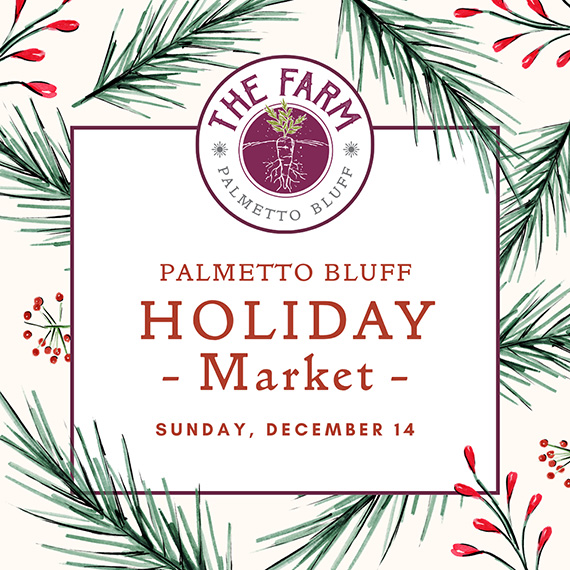
Sunday, December 14 | 9am to 1pmVillage GreenThe season’s most festive farmers market, the Holiday Farmers Market, comes to Wilson Village on Sunday, December 14, from 9am to 1pm. All are welcome to visit and experience the magic of holidays at the Bluff. The ...
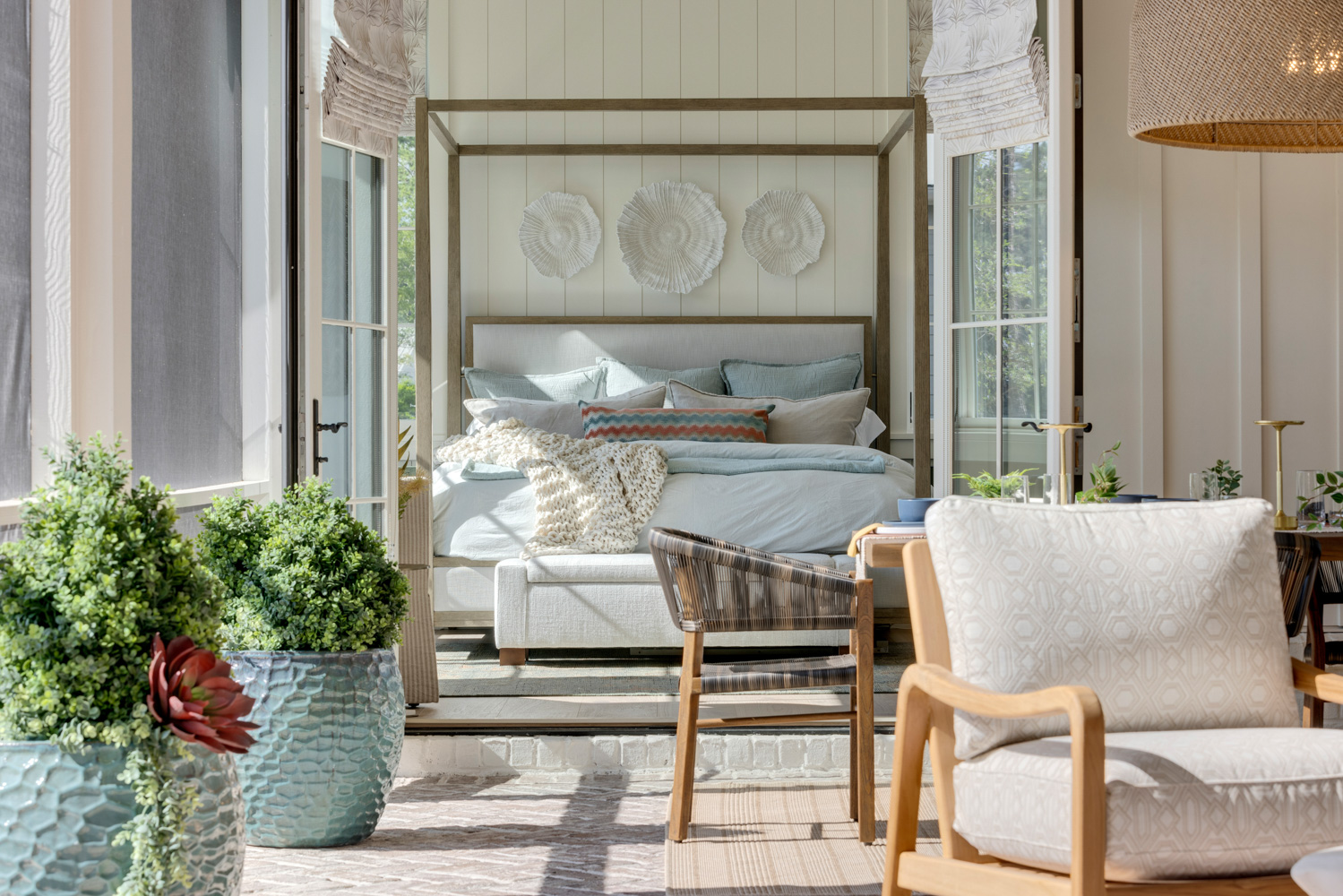
Tucked amid whispering pines and overlooking a tranquil water trail, 11 Lyonia Street is where Lowcountry charm meets modern artistry. The newly built residence redefines Southern living with a balance of craftsmanship and calm. This is a home that feels both ...
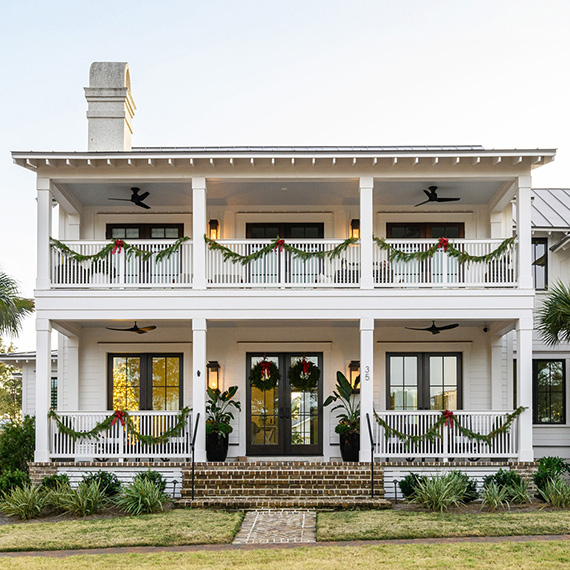
The holiday season in the Lowcountry brings crisp air, oaks draped in twinkling lights, and laughter drifting from homes where families and friends gather once again. At Palmetto Bluff, the holidays are more than just a season; they’re a feeling of togethernes...
Learn about the Palmetto Bluff Conservancy and how we keep the vision of our land in place.
On land or water, there is an ever-evolving variety of activities.
We do not attempt to independently verify the currency, completeness, accuracy or authenticity of the data contained herein. All area measurements and calculations are approximate and should be independently verified. Data may be subject to transcription and transmission errors. Accordingly, the data is provided on an “as is” “as available” basis only and may not reflect all real estate activity in the market”. © [2023] REsides, Inc. All rights reserved. Certain information contained herein is derived from information, which is the licensed property of, and copyrighted by, REsides, Inc.